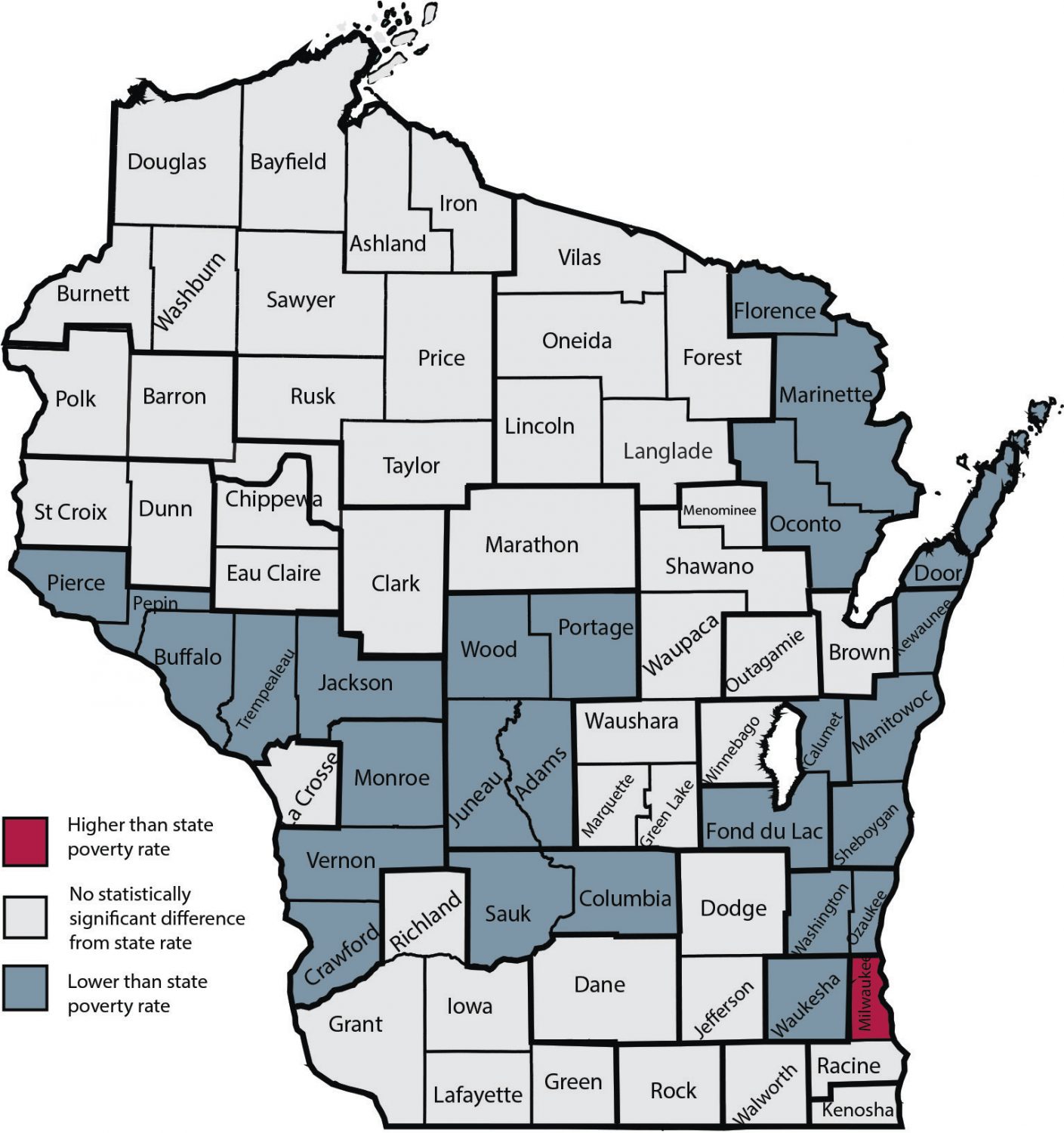The Wisconsin poverty rate increased to 10.8 percent in 2016, compared to 9.7 percent in 2015, according to a report released Friday by researchers at the University of Wisconsin-Madison.
Despite a robust job market, the 10th Annual Wisconsin Poverty Report found that poverty rates rose for children and elders as well in Wisconsin as measured by the Wisconsin Poverty Measure (WPM).
The annual study is led by Timothy Smeeding, Lee Rainwater Distinguished Professor of Public Affairs at the La Follette School of Public Affairs and affiliate and former director of the Institute for Research on Poverty (IRP) at the University of Wisconsin-Madison, in collaboration with IRP programmer analyst Katherine Thornton.
The WPM child poverty increased by 2 percentage points, to 12.0 percent, the report said, while the official poverty rate for children rose from 15.4 to 16.9 percent. WPM elderly poverty rose from 7.8 to 9.0 percent between 2015 and 2016; the official poverty rate for elders grew from 6.2 to 6.6 percent.
“IRP’s annual study reveals the rugged persistence of poverty in our state,” said Brad Paul, executive director of the Wisconsin Community Action Program Association (WISCAP), which supports the Wisconsin Poverty Report. “It is particularly concerning to see increases among children and the elderly and these findings point to both the need for comprehensive public policy solutions and a broad commitment from Wisconsinites to fight poverty. No family or individual should struggle to meet their basic needs when our collective wealth is so great.”
As explained in the report, the WPM child poverty rate is almost 5 percentage points lower than the official child poverty rate because the WPM counts as income family resources from tax credits and noncash benefits (such as Supplemental Nutrition Assistance Program or SNAP food assistance, called FoodShare in Wisconsin, as well as the Child Tax Credit and Earned Income Tax Credit), which the official poverty measure does not.
“Because we believe that the long-term solution to poverty for the able-bodied, non-elderly is a secure job that pays well, not an indefinite income support program, these findings are discouraging,” the report said.




























